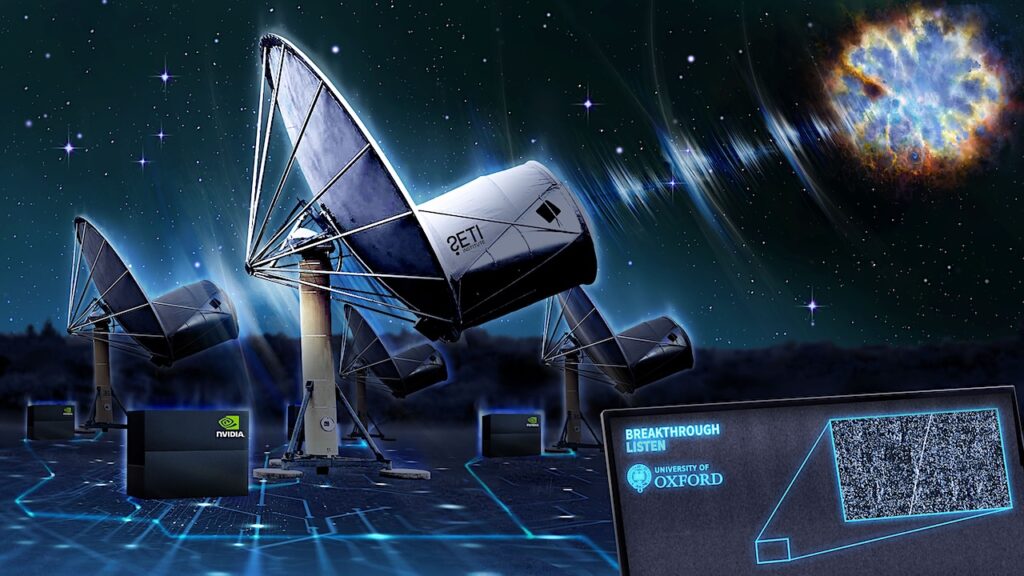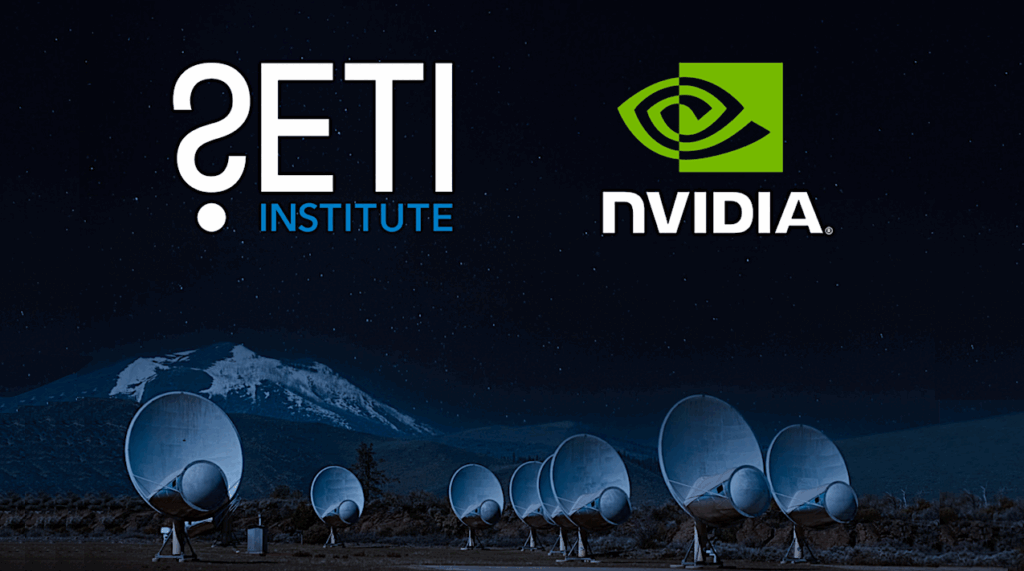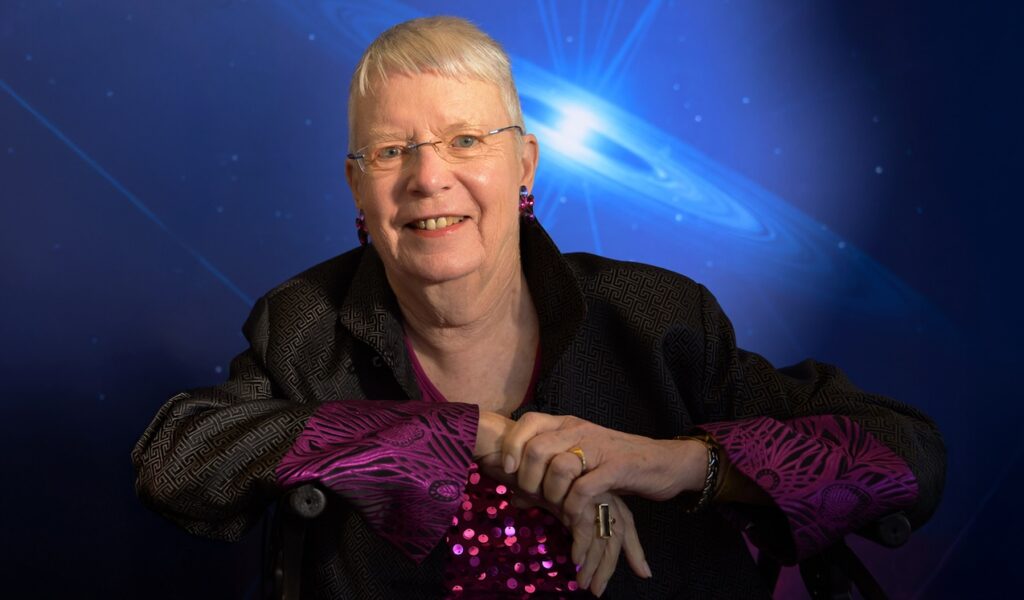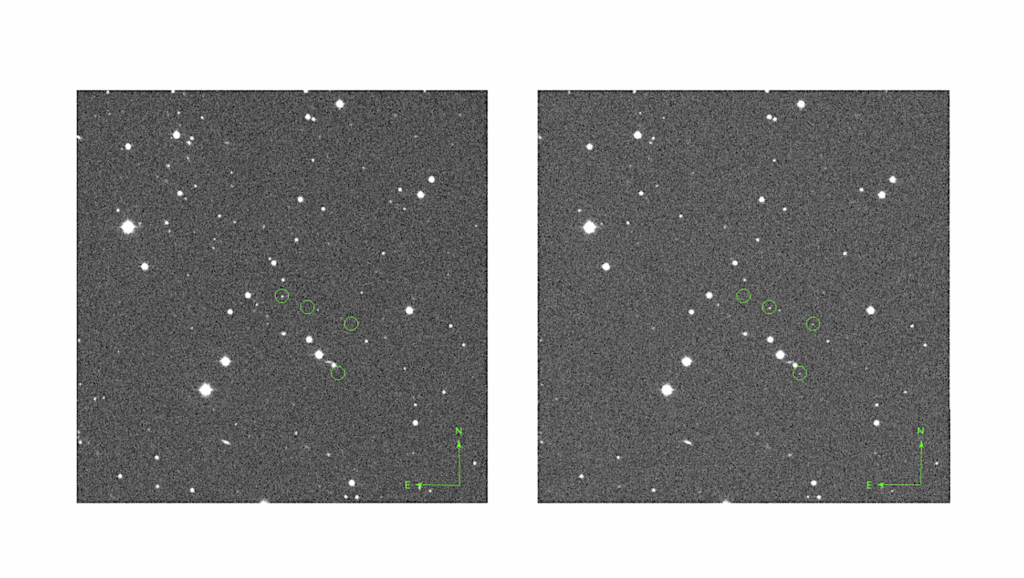New Technologies, Strategies Expand Search for Extraterrestrial Life

Emerging technologies and new strategies are opening a revitalized era in the search for extraterrestrial intelligence (SETI).
New discovery capabilities, along with the rapidly expanding number of known planets orbiting stars other than the Sun, are spurring innovative approaches by both government and private organizations, according to a panel of experts speaking at a meeting of the American Association for the Advancement of Science (AAAS) in Seattle, Washington.
New approaches will not only expand upon but also go beyond the traditional SETI technique of searching for intelligently generated radio signals, first pioneered by Frank Drake’s Project Ozma in 1960. Scientists now are designing state-of-the-art techniques to detect a variety of signatures that can indicate the possibility of extraterrestrial technologies. Such “technosignatures” can range from the chemical composition of a planet’s atmosphere, to laser emissions, to structures orbiting other stars, among others.
The National Radio Astronomy Observatory (NRAO) and the privately funded SETI Institute announced an agreement to collaborate on new systems to add SETI capabilities to radio telescopes operated by NRAO. The first project will develop a system to piggyback on the National Science Foundation’s Karl G. Jansky Very Large Array (VLA) that will provide data to a state-of-the-art technosignature search system.
“As the VLA conducts its usual scientific observations, this new system will allow for an additional and important use for the data we’re already collecting,” said NRAO Director Tony Beasley. “Determining whether we are alone in the universe as technologically capable life is among the most compelling questions in science, and NRAO telescopes can play a major role in answering it,” Beasley continued.
“The SETI Institute will develop and install an interface on the VLA permitting unprecedented access to the rich data stream continuously produced by the telescope as it scans the sky,” said Andrew Siemion, Bernard M. Oliver Chair for SETI at the SETI Institute and principal investigator for the Breakthrough Listen Initiative at the University of California, Berkeley. “This interface will allow us to conduct a powerful, wide-area SETI survey that will be vastly more complete than any previous such search,” he added.
Siemion highlighted the singular role the $100 million Breakthrough Listen initiative has played in reinvigorating the field of SETI in recent years. Siemion also announced the latest scientific results from Listen, a SETI survey in the direction of stars where a distant civilization could observe the Earth’s passage across the Sun, and the availability of nearly 2 petabytes of data from the Listen initiative’s international network of observatories.

Data from the VLA’s observations will be provided to a new signal-processing system built by the SETI Institute. This will allow an additional use — searching for signs of extraterrestrial technologies — for the data already being generated by the VLA.
Credit: Bill Saxton, NRAO/AUI/NSF
Other indicators of possible technologies include laser beams, structures built around stars to capture the star’s power output, atmospheric chemicals produced by industries, and rings of satellites similar to the ring of geosynchronous communication satellites orbiting above Earth’s equator.
“Such indicators are becoming detectable as our technology advances, and this has renewed interest in SETI searches at both government agencies and private foundations,” Siemion said.
Life forms, whether intelligent or not, also can produce detectable indicators. These include the presence of large amounts of oxygen, smaller amounts of methane, and a variety of other chemicals. Victoria Meadows, principal investigator for NASA’s Virtual Planetary Laboratory at the University of Washington, described how scientists are developing computer models to simulate extraterrestrial environments and to help support future searches for habitable planets and life beyond the solar system.
“Upcoming telescopes in space and on the ground will have the capability to observe the atmospheres of Earth-sized planets orbiting nearby cool stars, so it’s important to understand how best to recognize signs of habitability and life on these planets,” Meadows said, “These computer models will help us determine whether an observed planet is more or less likely to support life.”
As new programs implement the expanding technical capabilities for detecting extraterrestrial life and intelligence, it’s important to define what constitutes compelling, credible evidence, according to Jill Tarter, of the SETI Institute.
“How strong does the evidence need to be to justify claiming a discovery? Can we expect to find smoking guns? If the evidence requires many caveats, how do we responsibly inform the public?” Tarter asked.
Tarter pointed out that projects such as the University of California at San Diego’s PANOSETI visible-light and infrared search, and the SETI Institute’s Laser SETI search, are being built with co-observing sites to reduce false positives. Such measures, she said, will boost confidence in reported detections, but also add to the expense of the project.
The news media also share responsibility for communicating accurately with the public, Tarter emphasized. She cited cases in recent years of “exuberant reporting” of bogus claims of SETI detections. “A real detection of extraterrestrial intelligence would be such an important milestone in our understanding of the universe that journalists need to avoid uncritical reporting of obviously fake claims,” she said.
“As continuing discoveries show us that planets are very common components of the universe, and we are able to study the characteristics of those planets, it’s exciting that at the same time, technological advances are giving us the tools to greatly expand our search for signs of life. We look forward to this new realm of discovery,” said Beasley, who organized the AAAS panel.
“We also look forward to the coming decade, when we hope to build a next-generation Very Large Array, which will be able to search a volume of the universe a thousand times larger than that accessible to current telescopes — making it the most powerful radio technosignature search machine humanity has ever constructed,” Beasley added.
Contact:
Dave Finley
NRAO Public Information Officer
+1 (575) 835-7302
[email protected]
The National Radio Astronomy Observatory is a facility of the National Science Foundation, operated under cooperative agreement by Associated Universities, Inc.
Astrobiology, SETI








